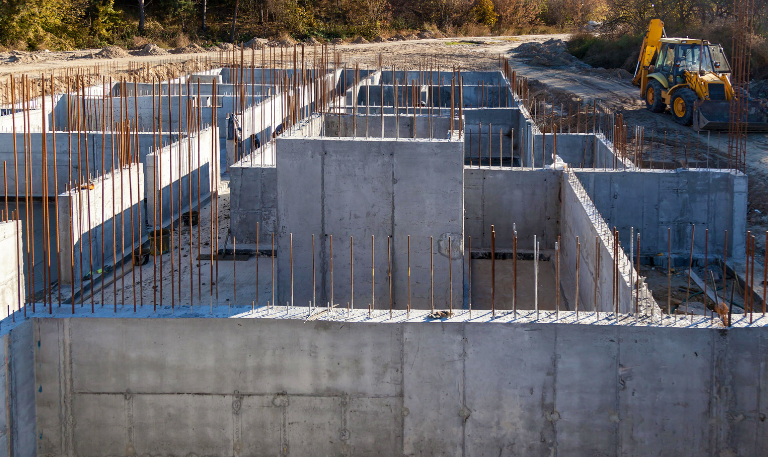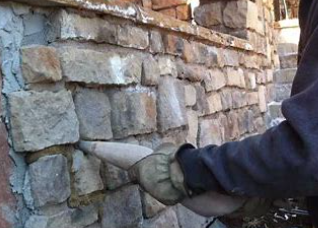What Is Hardscaping? Understanding The Basics Of Outdoor Structure And Design
Landscaping a property goes beyond planting flowers, shrubs, and trees. A significant aspect of any landscaping project lies in its structural design—commonly known as hardscaping. But exactly what is hardscaping? It refers to the non-living elements in landscaping, typically made of hard materials like stone, brick, or concrete, which provide both functionality and aesthetic appeal to an outdoor space.
Defining Hardscaping
At its core, hardscaping encompasses the solid, non-living features of a landscape. These elements provide structure, guiding both visual appeal and practical functions within an area. Whether it is a residential garden or a public park, hardscaping elements lay the groundwork upon which the entire landscape design is built. They dictate the flow, usage, and overall feel of the space.
Hardscaping Materials
Hardscaping utilizes a broad range of materials. Some of the most commonly used ones include:
- Stone: Natural stone, be it slate, limestone, or flagstone, offers durability and a timeless beauty to hardscaped areas. Stone can be used for everything from pathways to retaining walls.
- Brick: As a versatile material, brick provides both durability and a classic aesthetic. Brick landscaping covers pathways, patios, or even walls.
- Concrete: Durable and easy to shape, concrete is a favorite for many hardscaping projects. Its versatility means it can be stamped, colored, or even textured to mimic other materials.
Key Elements in Hardscaping
Patios and Decks
One of the most recognizable features in hardscaping, patios and decks serve as entertainment or relaxation hubs in many outdoor spaces. Their design can be as straightforward or as intricate as desired, playing a pivotal role in the functionality of the space. Materials like masonry or wood can be used, depending on the desired outcome.
These are not just functional elements that help in preventing soil erosion or managing slopes but also add depth and texture to a landscape. Crafted from materials like stone, concrete blocks, or even timber, retaining walls can be both practical and aesthetically pleasing.
Pathways
Guiding movement across the landscape, pathways can be made of gravel, pavers, bricks, or stone. They play a crucial role in defining areas and guiding foot traffic, ensuring that plants and grassy areas remain undisturbed.
Water Features
Fountains, ponds, and waterfalls are prime examples of hardscaping elements that introduce a dynamic component to any space. The sound of flowing water can enhance tranquility, while the visual appeal of a well-designed water feature can be a focal point.
The Importance of Hardscaping
While plants and greenery breathe life into a space, hardscaping ensures that the landscape remains functional, manageable, and aesthetically consistent. Hardscaping:
- Provides Structure: It lays the groundwork, dictating the design and flow of the entire landscape.
- Enhances Functionality: From creating entertainment spaces to managing slopes, hardscaping addresses the practical needs of a landscape.
- Boosts Aesthetic Appeal: Well-designed hardscape elements elevate the overall look of a space, offering visual interest and complementing the softer elements.
Hardscaping, often overlooked in favor of lush greenery, is the backbone of any well-designed landscape. It ensures longevity, functionality, and an enhanced aesthetic appeal of outdoor spaces. Whether you are embarking on a new landscaping project or rejuvenating an existing one, understanding the basics of hardscaping will empower you to make informed decisions, ensuring that your outdoor space is not only beautiful but also serves its intended purpose effectively.

Sales-Outdoor LivingKen Cook
Latest News

4 Ways To Reinforce Concrete
Concrete is one of the most fundamental materials used in construction. If you’re working on a domestic project or a […]

The Environmental Benefits Of Using Ready-Mix Concrete
The construction industry is changing quickly to meet the growing demand for sustainability and eco-friendly practices. One of the most […]

6 Essential Tips For Grouting Stone Veneer
Grouting stone veneer is an important step in the installation process that can significantly impact the overall look and durability […]

Should You Fill Hollow Concrete Blocks?
Hollow concrete blocks are widely used in construction due to their strength, versatility, and lighter weight compared to solid blocks. […]
